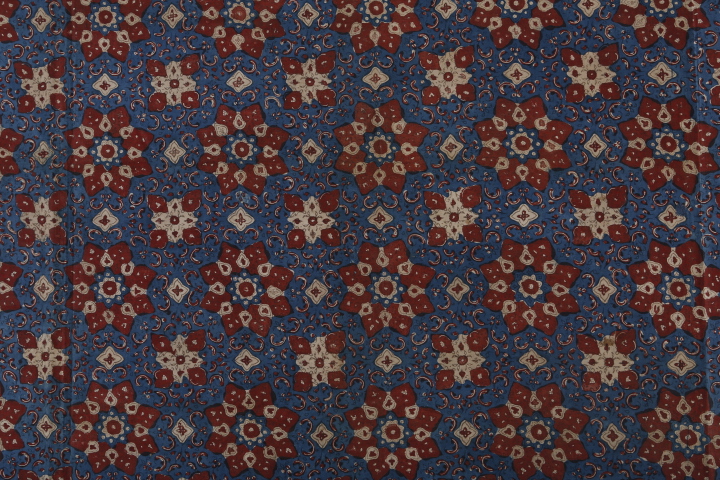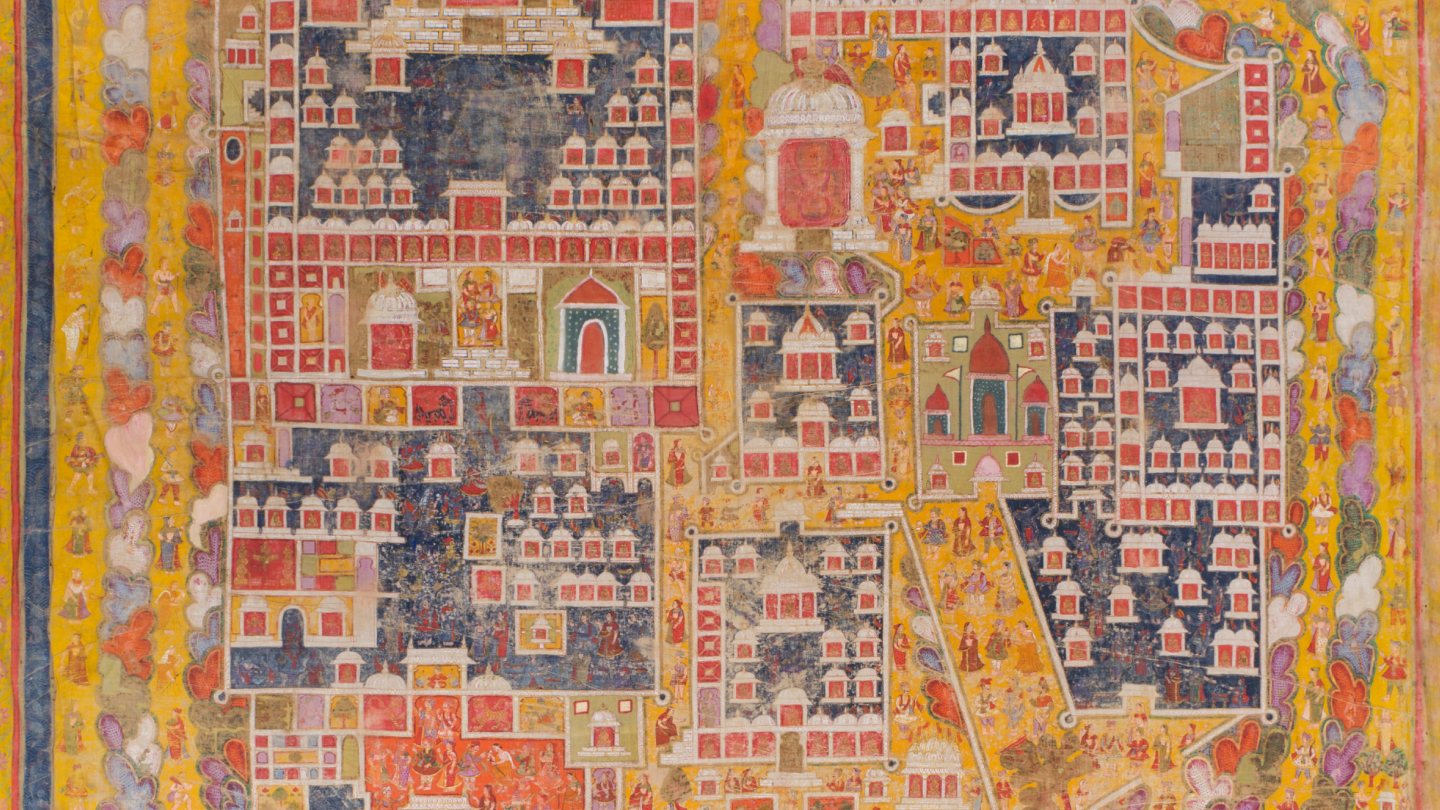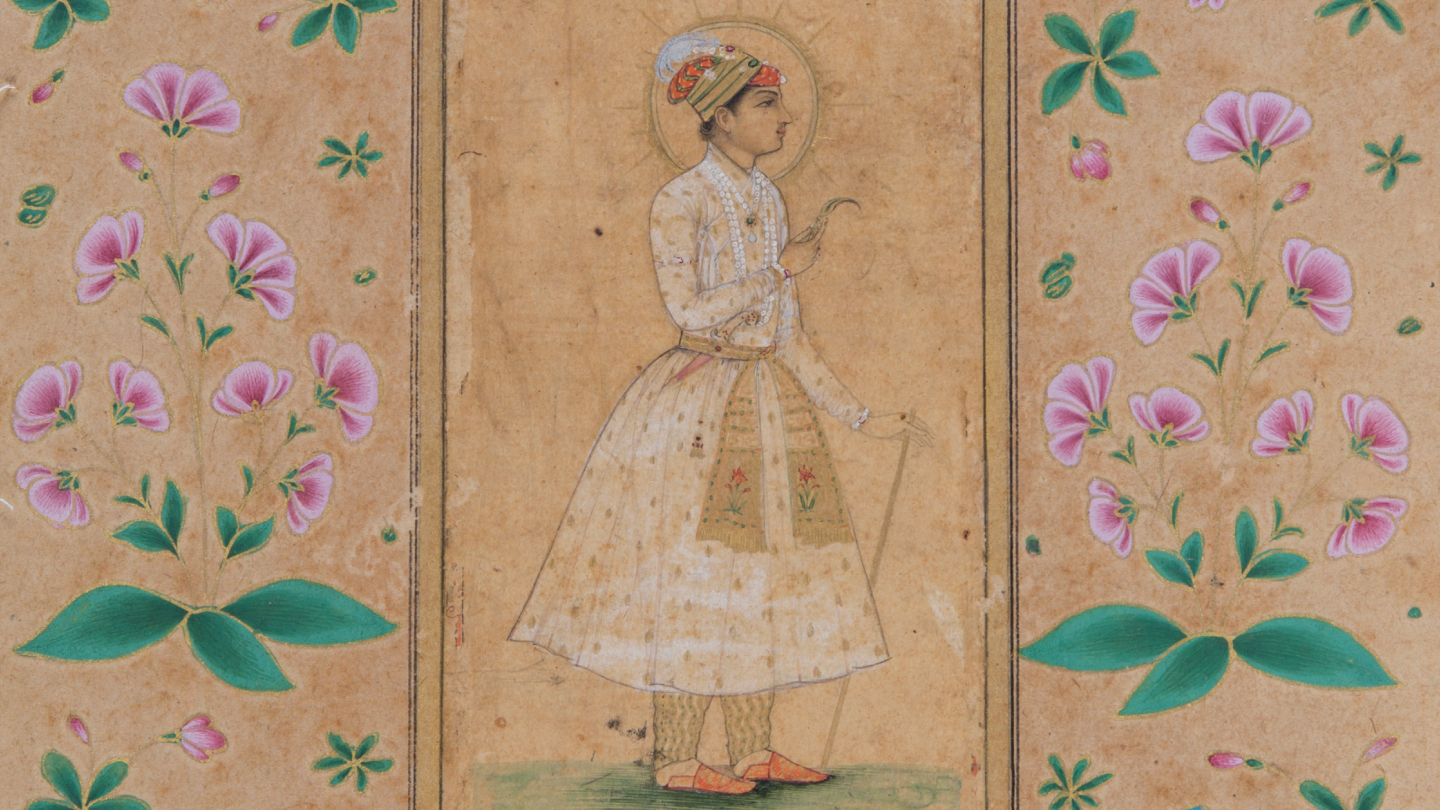Blogs
Truth, Time, Technology
Chanpreet Khurana
A look at five contemporary Indian artists who use the moving image to stretch the limits of what’s possible.
In a world of doctored images and fake news, the idea that seeing is believing may seem laughable. Yet, how we look and what we see first shape our opinions in more ways than we can consciously control. Contemporary artists working with video and the moving image are perhaps more aware of this tension than most. Here’s a look at five Indian contemporary artists who engage with truth, time and (video/digital) technology to explore this tension in memorable ways:
Amar Kanwar
Amar Kanwar is perhaps the most well-known Indian contemporary artist working with film today. Since the 1990s, he has made films about ecological crises, sexual violence, human rights and social justice.
Ask him why he makes video art, and he says: “I am not thinking as if I am making art. I am making what I feel like making, using video and the moving image to do it,” he says in a phone interview that spills over into an email interaction. “Over the last several years, I’ve made documentary films, essay films, abstract films, silent films, experimental films, long fiction. It’s a constant search for different ways of expressing,” he adds.
Kanwar’s works use text and poetry to pull the viewer into the world he creates.
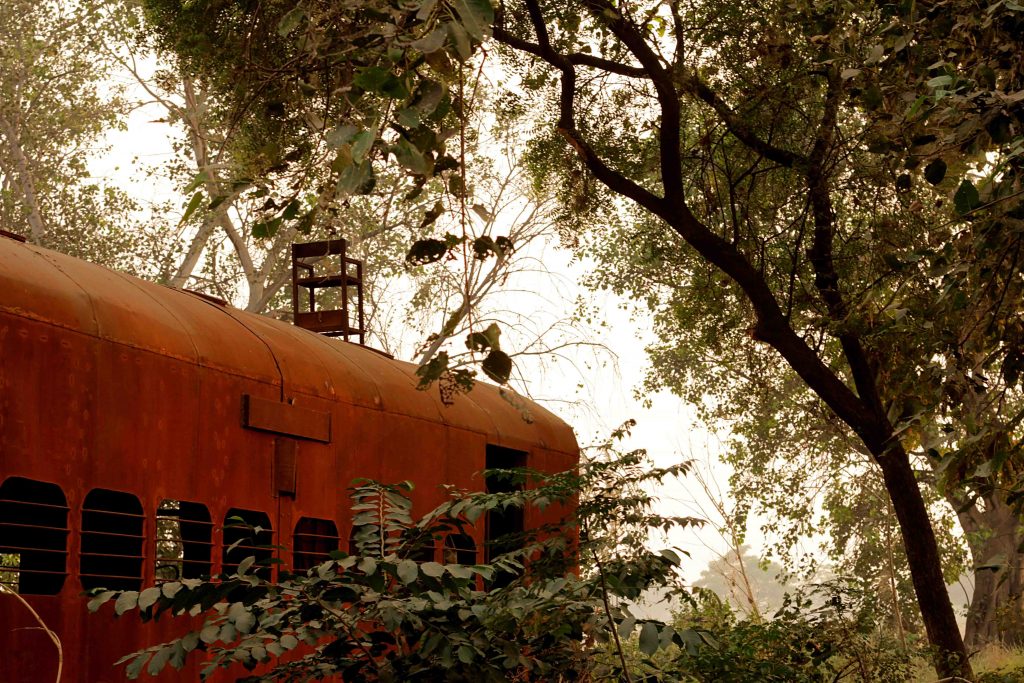
Such a Morning, Amar Kanwar, Image Courtesy: Amar Kanwar and Kiran Nadar Museum of Art, New Delhi
Abhishek Hazra
Always deeply researched and often tongue-in-cheek, Bangalore-based artist Abhishek Hazra video works range from animated works to mobile lecture performances documented on film and most recently, works shot using Zoom video calls, as a nod to life in a world with COVID-19.
His latest video work, The Aesthetics of Nandan Flat-Formalism, was first shown in February 2021 as part of 25×25 – an initiative to celebrate 25 years of the Internet, organised by the India Foundation for the Arts. A deliberation on privacy rights, the idea for the video grew from a concern that has become more common and more sinister in a post-Cambridge Analytica world. “I was paying online for tickets to an online performance of Naseeruddin Shah’s Motley Theatre group and it got me thinking, ‘What if someone is making a list of people who pay online to watch Naseeruddin Shah plays online? What if they are watching what else do people who watch Naseeruddin Shah plays online do?’,” he says in a phone interview.
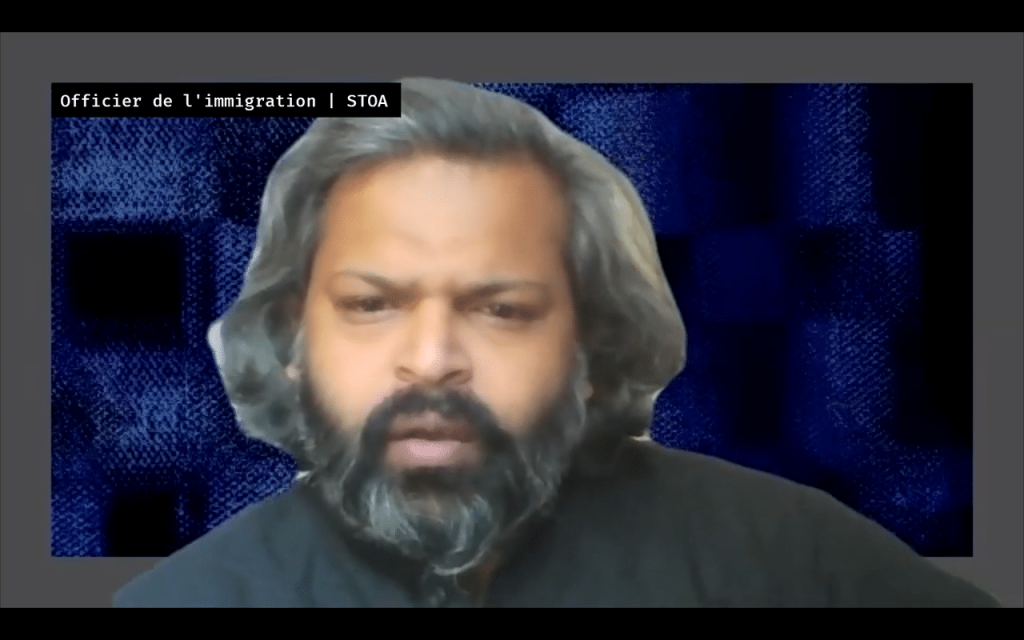
The Aesthetics of Nandan Flat – Formalism, Abhishek Hazra, 2021
Pallavi Paul
In New Delhi-based artist Pallavi Paul’s works, time isn’t just linear, identity is not always fixed, the truth is not a given but a subject of inquiry and politics is par for the course. “To me, aesthetics is a way to produce a political charge,” Paul says in a phone interview. “The job of the artist isn’t to annotate the present… but produce a new form of thinking,” she adds.
To illustrate, she gives the example of Far Too Close, an installation “anchored by two large videos”, that she showed in January 2020 at the Sunaparanta-Goa Centre for the Arts. The work, which took shape in response to the proposed nationwide National Register of Citizens and the Citizenship Amendment Act, examines the idea of origins, belonging and citizenship. Paul explains that the deep sea is really one of the places where life began, yet it is also “essentially opaque”.
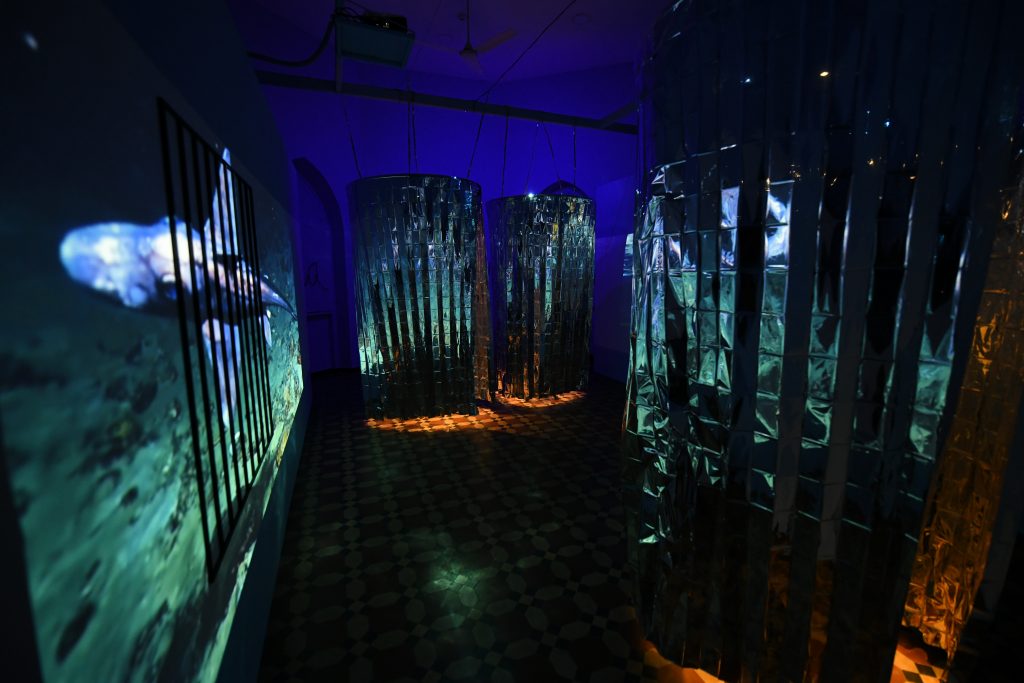
Far Too Close, Pallavi Paul, 2020, Image Credit: Sunaparanta Goa, 2020
Raqs media collective
Delhi-based Raqs Media Collective, comprising the trio of Jeebesh Bagchi, Monica Narula and Shuddhabrata Sengupta, works with drawing, text, photograph, sculpture, lecture performance, books, film-making, public intervention and curation. Raqs members have explained in interviews before that their works – across mediums – are “kinetic contemplations” that grow out of questions and engagements with a world in motion.
In the trio’s recent video 31 days, you see a hand making notes in calligraphy recording day-to-day occurrences during the COVID-19 pandemic: a nurse falls asleep after back-to-back shifts, an elephant gets lost in a village, a migrant worker feels feverish, 45 musicians collaborate across time zones for an online performance… For those of us who have lived through the 2020 pandemic, these notes evoke a time when strange occurrences happened on the daily. For those who come after us, perhaps these notes could serve as a catalogue of disasters and new normals of the year past.
Baptist Coelho
Mumbai-based artist Baptist Coelho works with video, performance, sculpture, and site-specific installations. History, memory and Army archives are themes that resurface in Coelho’s works over and over again.
Coelho’s interest in the Army goes back around 15 years to 2006, when he started researching the Indo-Pak conflict over the Siachen Glacier. Though Coelho couldn’t visit the glacier himself, he did interviews with soldiers, porters and others posted on the glacier, and gathered objects and photographs that have been showcased in his exhibitions over the years.
Chanpreet is a New Delhi-based writer and editor with a keen interest in the arts and culture space.

